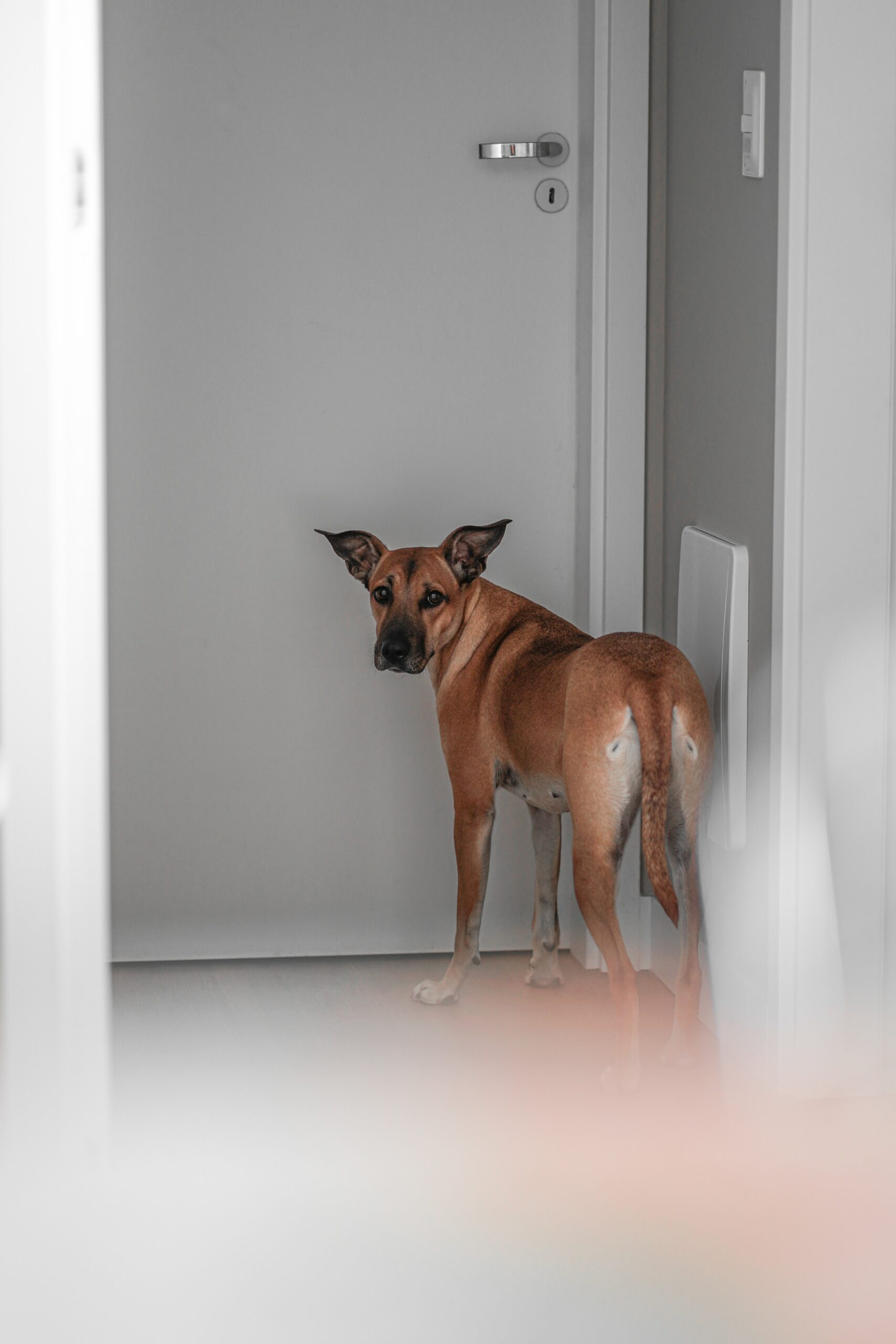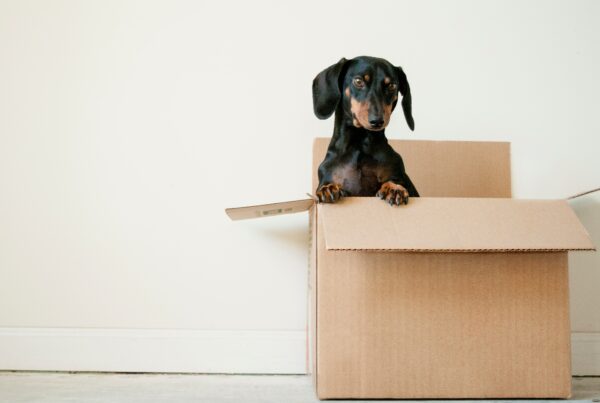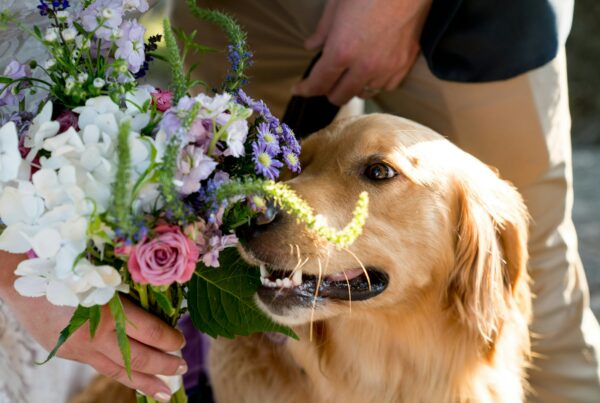Dogs are pack animals, and when they are left alone for long periods of time, they can develop separation anxiety. This can lead to a variety of problems, such as destructive behavior, barking or whining, and even elimination in the house (toilet accidents).
If your dog is experiencing separation anxiety, don’t worry – there are things you can do to help. In this blog post, we will discuss the signs of separation anxiety in dogs, how to help your dog deal with it, and some tips for making being alone less stressful for them.
What Is Dog Separation Anxiety?
Separation anxiety is a common problem among dogs. When a dog gets separated from its owner, it experiences stress and anxiety. This causes problems such as anxiety, whining diarrhea, vomiting, excessive barking, and more. Dogs who get separated from their owners may also experience shaking or trembling, panting, pacing, licking, whining, and biting themselves.
Dogs react differently to being left alone. Some dogs show mild distress while others become anxious and may injure themselves trying to escape.
A change in lifestyle often leads to changes in behavior. For example, if you move from the country to the big city, your pet may become more aggressive because he doesn’t know what to do with himself. You might also be forced to make some major life decisions such as getting married, having children, or changing careers.
Signs of Separation Anxiety
Dogs do get anxious when they see you about to leave. They also get excited when they see you coming back home. They may be destructive if left alone for too long.
A dog who has separation anxiety shows stress when they are alone. They may
- Howl
- Bark
- Whimper excessively
They may chew things up, dig holes or scratch at windows and doors, or drool or pant excessively. They may pace obsessively.
Which dog breeds get separation anxiety?
Some dog breeds get more anxiety than others when they are left alone.
- Cocker spaniels
- Bichon Frise
- Dachshunds
- Beagles
- Golden retrievers
- Labrador retrievers
- Australian cattle dogs
- Border collie s
- Shetland sheepdog s
- West Highlands
- Welsh corgis
The Poodle Club says that smart dogs like Poodles are also prone to separation anxiety. This also means Labradoodles and Goldendoodles and other Poodle Mixes will get anxiety.
How to Help a Dog With Separation Anxiety
Dogs who suffer from separation anxiety need to be trained to cope with being alone. This includes learning how to calm down and focus on something else while waiting for their owner to return home.
Engage in appropriate exercise routines before you leave
Dogs who suffer from mild separation anxiety can benefit from exercising their brains before being left alone. Playing challenging games that stimulate their mind helps them prepare for when you’ll be away. Find toys that contain treats hidden inside, and play a game like “find the treat”.
Don’t make a big deal out about arrivals and departures.
Talk to your dog in a quiet voice when you’re leaving or coming back. Establish a word that you use every time that you go away. Consider using an over-the-counter calming product that reduces fear in dogs.
No Touch No Talk No Eye Contact
Don’t make a big deal when leaving or returning. This way, you’re communicating to your dog that it’s business as usual. You’ll be practicing this rule for 5-10 minutes before you leave and when coming back.
Stay Calm and Assertive
When you are ready to go out, leave those guilty, anxious, and worried feelings behind. Instead, project the confident energy of a leader who knows what he or she wants. Projecting confidence helps dogs relax when they’re leaving.
Avoid punishing your dog
Dogs are loyal pets who love to be around people. When dogs misbehave, it’s important that we don’t get angry with them. We should try to stay calm and ignore our dogs’ bad behavior. Letting our dogs outside before cleaning up is an effective way to help them behave better.
Set your dog up for success
There are several ways to deal with separation anxiety. Experts say that creating a safe environment is important. This means having a confined space with an opening for them to enter if they want. Also, thinking about the five senses helps dogs understand what is going on around them.
In extreme cases, Pet owners should look for a trained professional who specializes in treating separation anxiety. A veterinary behaviorist can help treat the problem by giving medications.
How to tire a dog out to reduce separation anxiety
Make sure your dog gets some physical activity before you go out. Also, try and get them to eat something before you leave. A tired dog is a good doggie.
Playing with a dog indoors on a rainy day is a fun way to keep them occupied.
- Play fetch with a toy
- Take your dog for a walk
- Have them run around in an enclosed space like a yard or park
- Hide treats or toys around the house for them to find
- Give them a Kong toy stuffed with peanut butter or treats
photo credit: https://www.pexels.com/photo/pet-dog-standing-by-the-door-9181806/
Love our content? Share it with a friend or link it to social media. Like short clips of cute household pets? Training tips? Follow us on instagram @nydognanny or on YouTube at nydognanny. Have some news you needs to get to dog and cat parents stat? Email info@newyorkdognanny.com with your article pitch.




